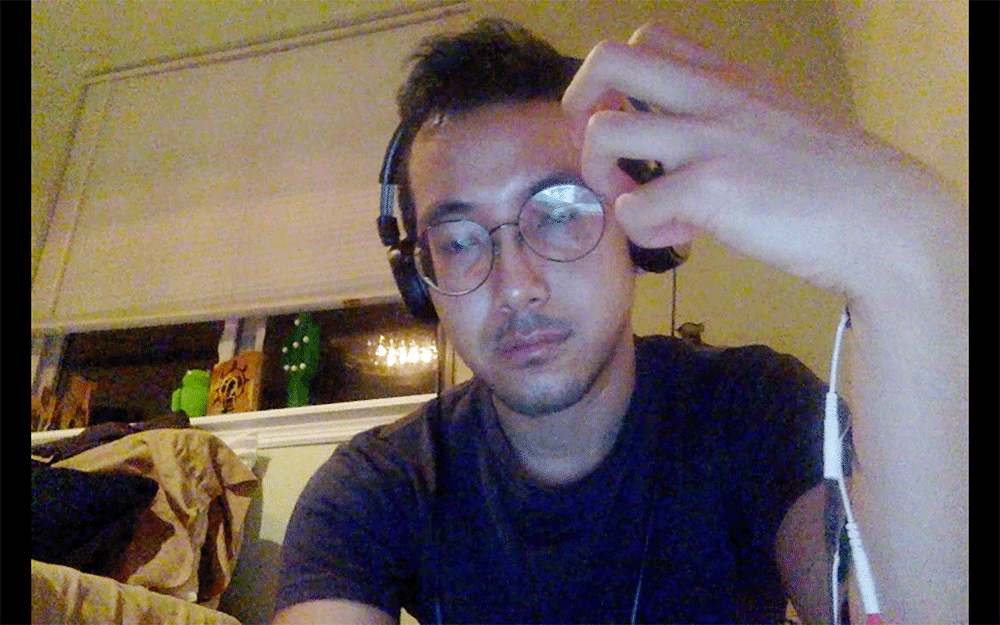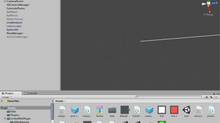Project Dev Studio | My Digital-Physical-Social Body
Background & Initial Plan
Dream
The ultimate goal is to create a new participatory form of performance art, amplified and/or powered by the new behaviors shaped by social sharing on the internet. Digital actions like commenting, liking, watching, or clicking would have immediate physical affects on the performance and/or the performer. The performance would then become an experiment on crowd sourcing and democratic model of decision-making, as the content of the performance would rely completely on the fingers of the viewers. How long until crowd-sourcing (democracy) descends into anarchy?
The above is what I wrote in the beginning of the semester. Due to my work before coming to ITP, I have always been interested in how social media have changed the way we live. One one side, the people we interact with online are very real, but on the other side, there is this layer of disconnect between what you do online and how you would behave in the physical world.
I personally feel that my online persona and profile are just an extension of my being. When I see funny memes on my feed I don't just type LOL but I physically chuckle as well. When people comment mean things, I feel heaviness in my chest. In this sense, my social media channels are extensions of my body, too.
What I Made
Main inspiration: Daito Manabe

I made a series of programs that allows viewers of a Facebook livestream affect the body of the streamer via FB comments.

I use NodeJS & FB Graph API to get the comments on a livestream and store them on a database, every half second.
Locally, I run a Node program to get the data from the database, turn it into serial data and visualize the comments on the live camera feed using p5. The sending of serial data happens every 2 seconds.
To actuate the comments on my body, I hacked a TENS unit with relay switches controlled by serial data.

Tests


With my own arm
With other people's arms
With my face
Challenges
1. Making the back-end work
Before this semester, I had no server-side programming experience, so trying to make the server + API call + database work was definitely a learning experience (Thanks Shawn!).
Also, Facebook, just last week, made a change in their API due to Cambridge Analytica scandal and my code in the test performance broke.
2. Figuring out the delay & incorporating it into the audience participation
Facebook live has an inherent 15 seconds delay: what you see is what happened 15 seconds ago. And sometimes the comment gets actuated after 30 seconds, sometimes 18 seconds, sometimes 60 seconds.
I decided to have the number of comments visualized on the feed so that even if their comment has not been stored/actuated yet, they can still see the relation between stored comments and the physical actuation.
3. Making a performance?
At first I was stuck on creating a "performance". What would make a good performance? How should I guide the emotions of the participants?
But I realized, after a few trials, that if my main thesis is "my body extends to my social media channels", it would be more meaningful to use my body in this project the way I always use my body in daily life: mundane, everyday, and not a performance.
So I will definitely explore this project further as a series that just shows me going about my day, with the assistance/interference/indifference of my Facebook friends.

Related Posts
See AllDream The ultimate goal is to create a new participatory form of performance art, amplified and/or powered by the new behaviors shaped by...












